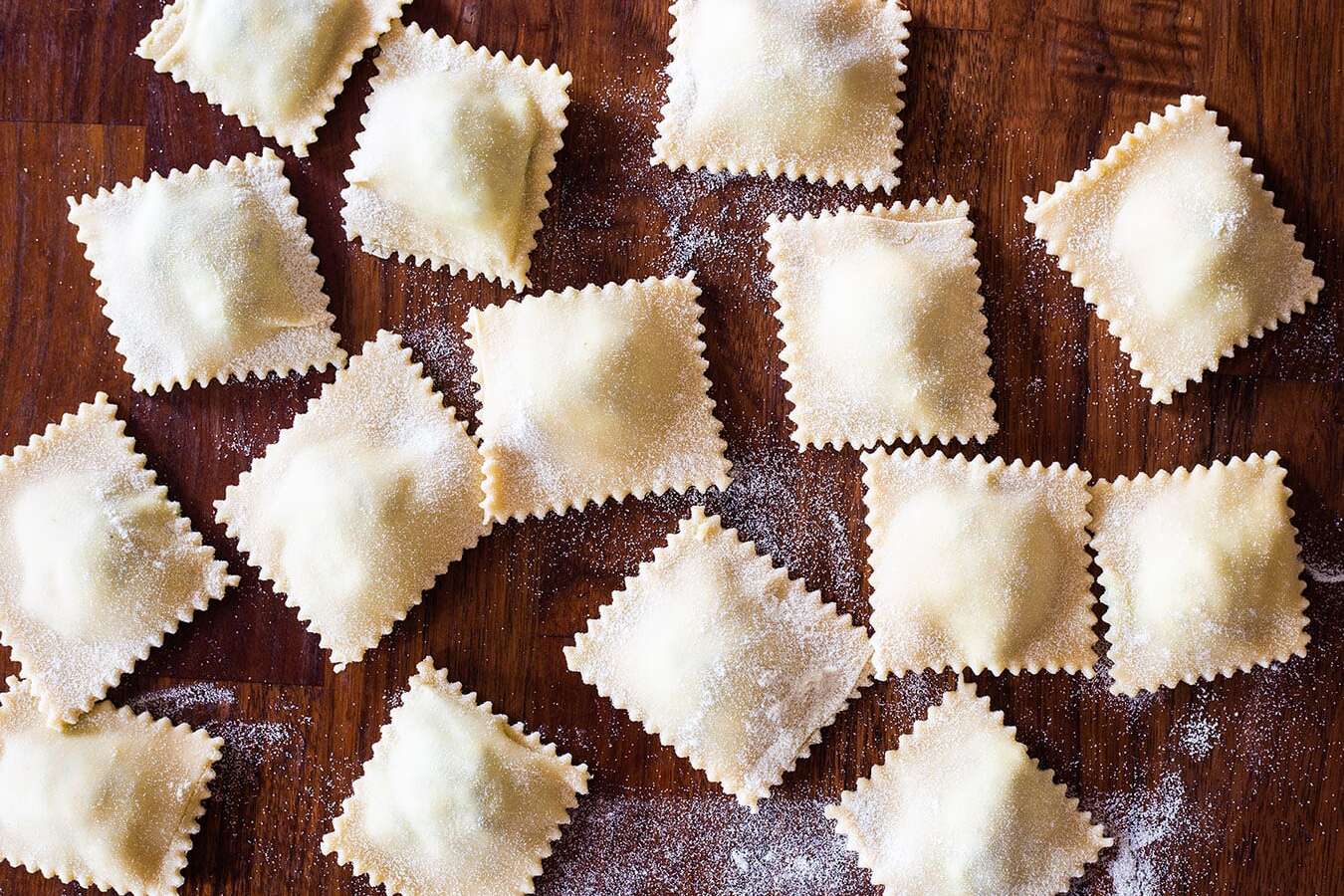

Articles
How To Store Fresh Uncooked Ravioli
Modified: January 6, 2024
Learn the best methods to store fresh uncooked ravioli for maximum freshness and flavor. Read our informative articles for expert tips and techniques.
(Many of the links in this article redirect to a specific reviewed product. Your purchase of these products through affiliate links helps to generate commission for Storables.com, at no extra cost. Learn more)
Introduction
Welcome to the world of fresh uncooked ravioli! These delectable pockets of pasta filled with savory ingredients are a crowd favorite. However, if you’ve ever cooked too much ravioli or stumbled upon a mouthwatering sale, you might find yourself with an excess of uncooked ravioli. The question then becomes: How do you store fresh uncooked ravioli to ensure its quality and flavor are preserved?
Properly storing fresh uncooked ravioli is crucial in maintaining its taste, texture, and overall quality. Whether you plan to refrigerate it for a few days or freeze it for longer-term storage, following the right storage techniques will help you enjoy your ravioli to the fullest.
This article will guide you through the best practices for storing fresh uncooked ravioli, ensuring that every bite is as delicious as the first.
Key Takeaways:
- Properly storing fresh uncooked ravioli is essential to preserve its flavor, texture, and quality. Refrigerate for short-term storage and freeze for longer-term preservation, following specific packaging instructions for optimal results.
- Utilize stored fresh uncooked ravioli in various creative ways, such as boiling, baking, or incorporating it into soups and salads. Experiment with different sauces and toppings to elevate your dishes and enjoy delightful homemade ravioli meals.
Read more: How To Store Fresh Ravioli
Why Proper Storage of Fresh Uncooked Ravioli is Important
Properly storing fresh uncooked ravioli is important for several reasons. By ensuring that your ravioli is stored correctly, you can:
- Preserve Flavor and Texture: Fresh uncooked ravioli contains delicate ingredients that can easily spoil or become soggy if not stored properly. By following the right storage techniques, you can maintain the flavors and textures that make ravioli so enjoyable.
- Prevent Bacterial Growth: Ravioli, like any other perishable food item, is susceptible to bacterial growth. Storing ravioli at the proper temperature and in the correct conditions will help prevent the growth of harmful bacteria and reduce the risk of foodborne illnesses.
- Minimize Food Waste: Improperly stored fresh uncooked ravioli can spoil quickly, leading to unnecessary food waste. By storing your ravioli correctly, you can extend its shelf life and avoid the disappointment of having to throw away unused portions.
- Save Money: Buying fresh uncooked ravioli in bulk or taking advantage of discounted prices can be a great way to save money. By storing it properly, you can make the most of these deals without compromising on quality or flavor.
- Enjoy Convenience: Having stored fresh uncooked ravioli on hand provides you with a quick and easy meal option whenever you need it. With proper storage, you can easily whip up a delicious ravioli dish without the need for extensive preparation.
Now that we understand the importance of proper storage, let’s explore the best practices for storing fresh uncooked ravioli to ensure its optimal taste and longevity.
Best Practices for Storing Fresh Uncooked Ravioli
To maintain the quality and freshness of your fresh uncooked ravioli, it’s essential to follow these best practices for storage:
- Checking the Packaging: Before storing your ravioli, check the packaging for any specific storage instructions provided by the manufacturer. Some brands may recommend specific storage conditions or mention whether the ravioli is suitable for refrigeration or freezing.
- Refrigerating Fresh Uncooked Ravioli: If you plan to consume the ravioli within a few days, refrigeration is the best option. Ensure that the unopened package of ravioli is stored in the coldest part of your refrigerator, usually the back of the lower shelves. Keep it away from strong-smelling foods to prevent any transfer of odors.
- Freezing Fresh Uncooked Ravioli: Freezing is an excellent option for long-term storage. Place the unopened package of ravioli in a freezer-safe bag or container to protect it from freezer burn. Make sure to squeeze out any excess air to prevent ice crystals from forming. For added protection, wrap the package in aluminum foil before placing it in the freezer.
- Proper Handling and Storage Techniques: When it comes to fresh uncooked ravioli, handle it with care. Avoid crushing or squishing the ravioli, as it can lead to unwanted deformities. If you are refrigerating leftovers or opening a package, transfer the ravioli to an airtight container or resealable bag to prevent moisture loss and exposure to air.
- Tips for Maximizing Freshness and Flavor: To maximize the freshness and flavor of your stored ravioli, keep the following tips in mind:
- Use your stored ravioli within the recommended time frame to ensure it remains at its peak quality.
- Label and date your stored ravioli to easily keep track of its freshness.
- When thawing frozen ravioli before cooking, do so slowly in the refrigerator to prevent any rapid temperature changes that could affect the texture.
- Utilizing Stored Fresh Uncooked Ravioli: Once you’re ready to enjoy your stored ravioli, follow the cooking instructions provided on the packaging. Fresh uncooked ravioli typically requires boiling in salted water for a few minutes until it reaches the desired tenderness. Serve it with your favorite sauce, and enjoy a delicious homemade ravioli dish.
By following these best practices, you can ensure that your fresh uncooked ravioli stays flavorful, safe to eat, and ready to be cooked whenever you’re in the mood for a delicious pasta meal.
Checking the Packaging
Before storing your fresh uncooked ravioli, it’s important to check the packaging for any specific storage instructions provided by the manufacturer. Different brands might have varying recommendations on how to store their ravioli to maintain its quality and freshness.
Typically, the packaging will indicate whether the ravioli should be kept refrigerated or if it is suitable for freezing. Some brands may advise against freezing, while others may provide specific instructions on how to freeze the ravioli without compromising its taste and texture.
Pay close attention to any recommended storage conditions, such as temperature or humidity requirements. Following these guidelines will help ensure that the ravioli stays in optimal condition for longer periods.
In addition, check the expiration or best-by date on the packaging. This will give you an idea of how long the ravioli can be safely stored and consumed. If the date is approaching, it’s best to consume the ravioli sooner rather than later to enjoy it at its freshest.
When checking the packaging, also take note of any additional handling or cooking instructions. Some brands may provide helpful tips on the best cooking methods or recommended sauces to complement the ravioli.
By carefully reading and understanding the packaging details, you can ensure that you are storing your fresh uncooked ravioli in the most appropriate way, preserving its quality and flavor for a delicious dining experience.
Refrigerating Fresh Uncooked Ravioli
Refrigeration is a popular method for storing fresh uncooked ravioli if you plan to consume it within a few days. Properly refrigerating your ravioli will help maintain its freshness and prevent the growth of bacteria.
Here are the steps to refrigerate fresh uncooked ravioli:
- Keep the ravioli in its original packaging or transfer it to an airtight container or resealable bag. This will help protect the ravioli from moisture loss and exposure to air, which can cause it to dry out or spoil.
- Place the ravioli in the coldest part of your refrigerator, typically the back of the lower shelves. This area maintains a consistently cool temperature, ensuring the ravioli stays fresh.
- Avoid storing the ravioli near strong-smelling foods like onions or garlic, as it can absorb these odors and affect its flavor.
- Check the packaging for any specific storage instructions provided by the manufacturer. Some brands may recommend consuming the ravioli within a certain timeframe after opening the package. It’s important to follow these recommendations for the best taste and quality.
- Label and date the container holding the ravioli to keep track of its freshness. This will help you avoid consuming ravioli that has been stored for too long.
When you’re ready to cook the refrigerated ravioli, proceed as per the cooking instructions provided on the packaging. Fresh uncooked ravioli typically requires boiling in salted water for a few minutes until it reaches the desired tenderness. Drain the ravioli and serve it with your favorite sauce and toppings.
Remember, refrigeration will only extend the shelf life of fresh uncooked ravioli for a few days. If you don’t plan to use the ravioli within this timeframe, it’s best to consider freezing it for longer-term storage, which we will discuss next.
By refrigerating your fresh uncooked ravioli properly, you can enjoy its delicious taste and texture while ensuring it remains safe to eat.
Store fresh uncooked ravioli in the refrigerator, either in its original packaging or in an airtight container, for up to 2 days. Alternatively, you can freeze it for up to 2 months. Be sure to use it before the expiration date.
Read more: How To Store Homemade Ravioli
Freezing Fresh Uncooked Ravioli
If you have a surplus of fresh uncooked ravioli or want to store it for an extended period, freezing is an excellent option. Freezing your ravioli properly will help maintain its quality and preserve its flavor until you’re ready to enjoy it.
Here’s how to freeze fresh uncooked ravioli:
- Leave the ravioli in its original packaging, if unopened. If you’ve already opened the package, transfer the remaining ravioli to a freezer-safe bag or container. Make sure the packaging is airtight to prevent freezer burn and the absorption of unwanted odors.
- Remove as much air as possible from the bag or container before sealing it. Excess air can cause freezer burn and affect the texture of the ravioli. Alternatively, you can use a vacuum sealer to remove the air completely.
- If desired, layer a sheet of aluminum foil over the package or container for added protection. This will help prevent freezer burn and maintain the quality of the ravioli.
- Label the package or container with the date of freezing. This will help you keep track of its freshness and ensure you use it within the recommended time frame.
- Place the packaged ravioli in the freezer, ideally in a flat position to prevent them from sticking together or getting deformed. Make sure the freezer temperature is set to 0°F (-18°C) or below to ensure optimal preservation.
When you’re ready to use the frozen ravioli, follow these steps:
- Remove the desired amount of ravioli from the freezer and thaw it before cooking. Slowly thaw the frozen ravioli in the refrigerator overnight. Avoid thawing it at room temperature to prevent any rapid temperature changes that could affect the texture.
- Cook the thawed ravioli according to the instructions provided on the packaging. Typically, fresh uncooked ravioli requires boiling in salted water for a few minutes until it reaches the desired tenderness. Drain and serve with your favorite sauce.
- Discard any frozen ravioli that has been stored for an extended period beyond the recommended timeframe or has developed freezer burn.
By freezing your fresh uncooked ravioli properly, you can extend its shelf life and enjoy it at a later date without compromising its taste and quality.
Proper Handling and Storage Techniques
Proper handling and storage techniques are essential to maintain the quality and freshness of your fresh uncooked ravioli. By following these techniques, you can ensure that your ravioli stays in optimal condition until you’re ready to cook it.
Here are some tips for proper handling and storage of fresh uncooked ravioli:
- Handle with Care: Fresh uncooked ravioli is delicate and can easily get squished or damaged. When handling it, be gentle to avoid any deformation or breakage of the pasta shells.
- Transfer to an Airtight Container: If you’ve opened the original packaging, transfer the remaining uncooked ravioli to an airtight container or resealable bag. This will help prevent moisture loss and exposure to air, which can cause the ravioli to dry out or spoil.
- Seal Properly: Ensure that the container or bag is tightly sealed to maintain the freshness of the ravioli and to prevent any odors from permeating the pasta.
- Store Away from Moisture: Moisture can cause fresh uncooked ravioli to become sticky or develop mold. Store it in a dry area of your pantry or refrigerator away from any sources of moisture.
- Avoid Cross-Contamination: Keep your ravioli away from raw meat, seafood, or other potentially contaminated foods to prevent cross-contamination and the risk of foodborne illnesses.
- Label and Date: Label the container or bag with the date of storage. This will help you keep track of how long the ravioli has been stored and ensure that you use it within the recommended time frame.
By following these proper handling and storage techniques, you can prolong the shelf life and maintain the quality of your fresh uncooked ravioli.
Tips for Maximizing Freshness and Flavor
To make the most of your stored fresh uncooked ravioli and ensure its optimal freshness and flavor, consider the following tips:
- Use it Within the Recommended Timeframe: Fresh uncooked ravioli has a limited shelf life, even when stored properly. It’s best to use it within the recommended timeframe provided by the manufacturer to enjoy it at its freshest.
- Label and Date: Properly label and date the container or bag holding the stored ravioli. This will help you keep track of its freshness and ensure you use it in a timely manner.
- Store in Small Portions: Consider dividing your fresh uncooked ravioli into smaller portions before storing. This allows you to thaw or cook only what you need, minimizing waste and ensuring that the remaining ravioli stays fresh.
- Thaw Slowly: If you’re thawing frozen ravioli before cooking, do so slowly in the refrigerator. This gradual thawing process helps preserve the texture and flavor of the pasta, ensuring a delightful dining experience.
- Don’t Refreeze Thawed Ravioli: Once you’ve thawed frozen ravioli, it’s best not to refreeze it. Refreezing can negatively impact the texture and overall quality of the ravioli.
- Experiment with Different Sauces and Toppings: While fresh uncooked ravioli is delicious on its own, you can enhance the flavor by experimenting with different sauces, such as marinara, Alfredo, or pesto. Explore various toppings, such as grated cheese, fresh herbs, or toasted breadcrumbs, to add an extra touch of flavor and texture to your dish.
By incorporating these tips into your ravioli storage and cooking routine, you can maximize the freshness and flavor of your fresh uncooked ravioli, ensuring a delightful dining experience every time you indulge in this delectable pasta dish.
Utilizing Stored Fresh Uncooked Ravioli
Stored fresh uncooked ravioli provides you with a convenient and versatile meal option whenever you’re in the mood for a delicious pasta dish. Here are some ideas for utilizing your stored ravioli:
- Classic Boiled Ravioli: The traditional way to enjoy fresh uncooked ravioli is by boiling it in salted water until it’s tender and cooked through. Serve with your favorite sauce, such as marinara, Alfredo, or brown butter, and sprinkle with grated cheese for a simple yet satisfying meal.
- Baked Ravioli Casserole: Transform your fresh uncooked ravioli into a flavorful baked casserole. Layer the ravioli with sauce, cheese, and other desired ingredients, such as cooked ground meat or vegetables. Bake in the oven until the ravioli is cooked and the cheese is bubbly and golden for a comforting and hearty meal.
- Ravioli Soup: Add your stored ravioli to a flavorful soup base, such as tomato, vegetable, or chicken broth, for a comforting and filling soup. Simmer until the ravioli is tender and fully cooked. Garnish with fresh herbs and enjoy a warm and satisfying bowl of ravioli soup.
- Ravioli Skillet: Sauté your fresh uncooked ravioli with olive oil, garlic, and your choice of vegetables or proteins in a skillet. Cook until the ravioli is tender and slightly crispy. Add in a splash of broth or sauce to create a delicious one-pot meal.
- Ravioli Salad: Cook your fresh uncooked ravioli according to the package instructions, then allow it to cool. Toss the cooled ravioli with a variety of fresh vegetables, herbs, and a flavorful vinaigrette dressing for a refreshing and satisfying pasta salad.
Feel free to get creative and experiment with different recipes and flavor combinations using your stored fresh uncooked ravioli. The possibilities are endless, and you can customize your dishes to suit your taste preferences and dietary needs.
Remember to always follow the cooking instructions provided on the packaging of your ravioli for the best results. Enjoy your homemade ravioli dishes and impress your family or guests with the delicious flavors of perfectly stored and cooked ravioli!
Read more: How To Store Uncooked Bacon
Conclusion
Properly storing fresh uncooked ravioli is crucial to maintain its quality, flavor, and freshness. By following the best practices outlined in this article, you can ensure that your ravioli stays delicious and safe to eat.
Checking the packaging for specific storage instructions, refrigerating for short-term storage, and freezing for longer-term storage are key steps in preserving the ravioli. Proper handling techniques, such as transferring to airtight containers and avoiding cross-contamination, further contribute to its longevity.
To maximize the freshness and flavor of your stored ravioli, remember to use it within the recommended timeframe and label and date your containers for easy tracking. Thaw frozen ravioli slowly in the refrigerator and experiment with different sauces and toppings to elevate your dishes.
Utilize your stored fresh uncooked ravioli in various ways, such as boiling, baking, or using it in soups or salads. Get creative and explore different flavors and combinations to enjoy a delightful homemade ravioli dish.
By following these guidelines and incorporating your own culinary flair, you can make the most of your stored fresh uncooked ravioli and indulge in delicious pasta meals whenever you desire. So stock up on your ravioli, follow the proper storage techniques, and let your culinary adventures begin!
Frequently Asked Questions about How To Store Fresh Uncooked Ravioli
Was this page helpful?
At Storables.com, we guarantee accurate and reliable information. Our content, validated by Expert Board Contributors, is crafted following stringent Editorial Policies. We're committed to providing you with well-researched, expert-backed insights for all your informational needs.
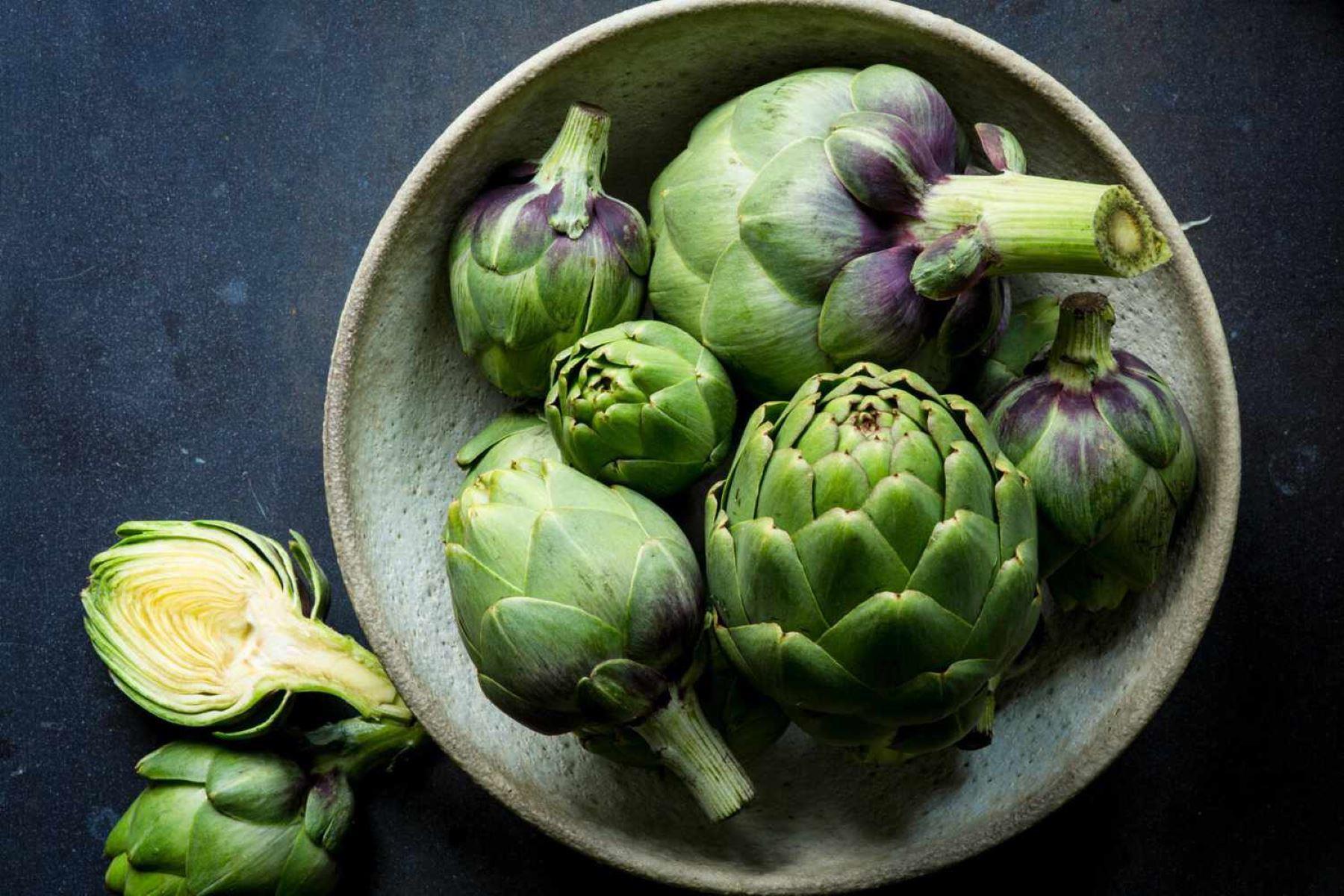
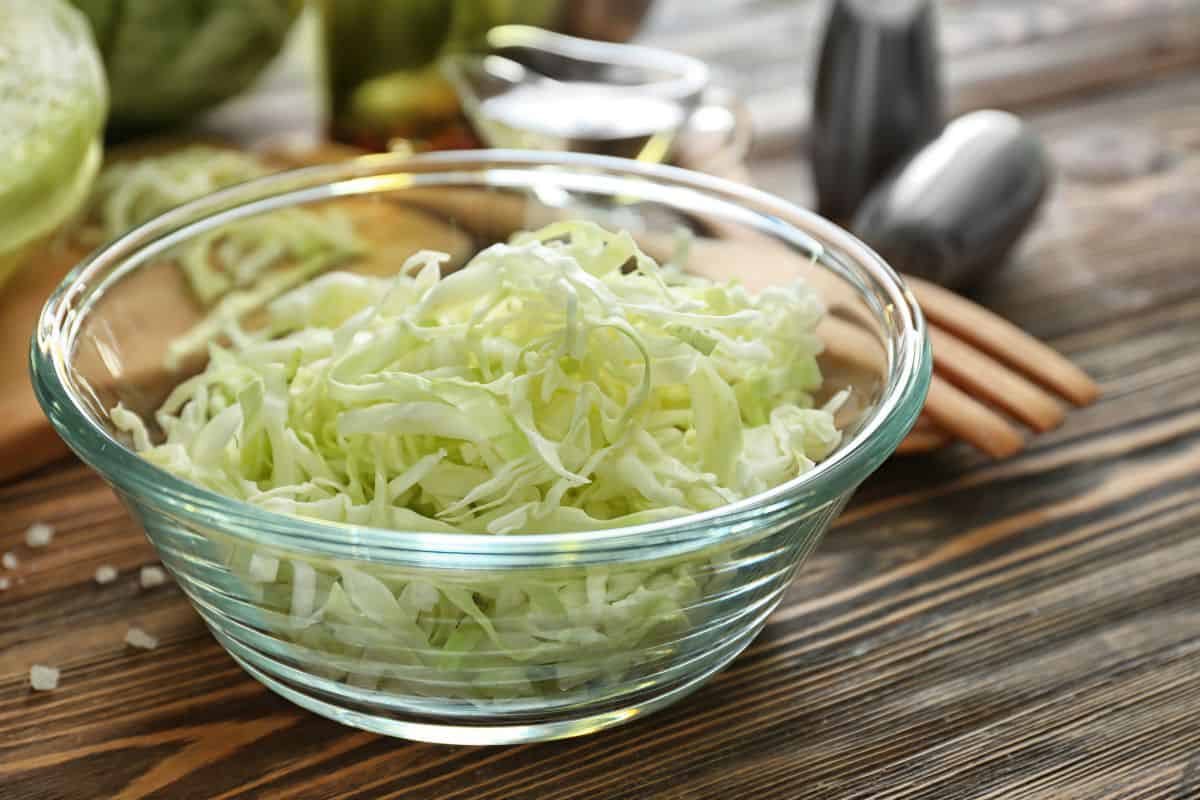
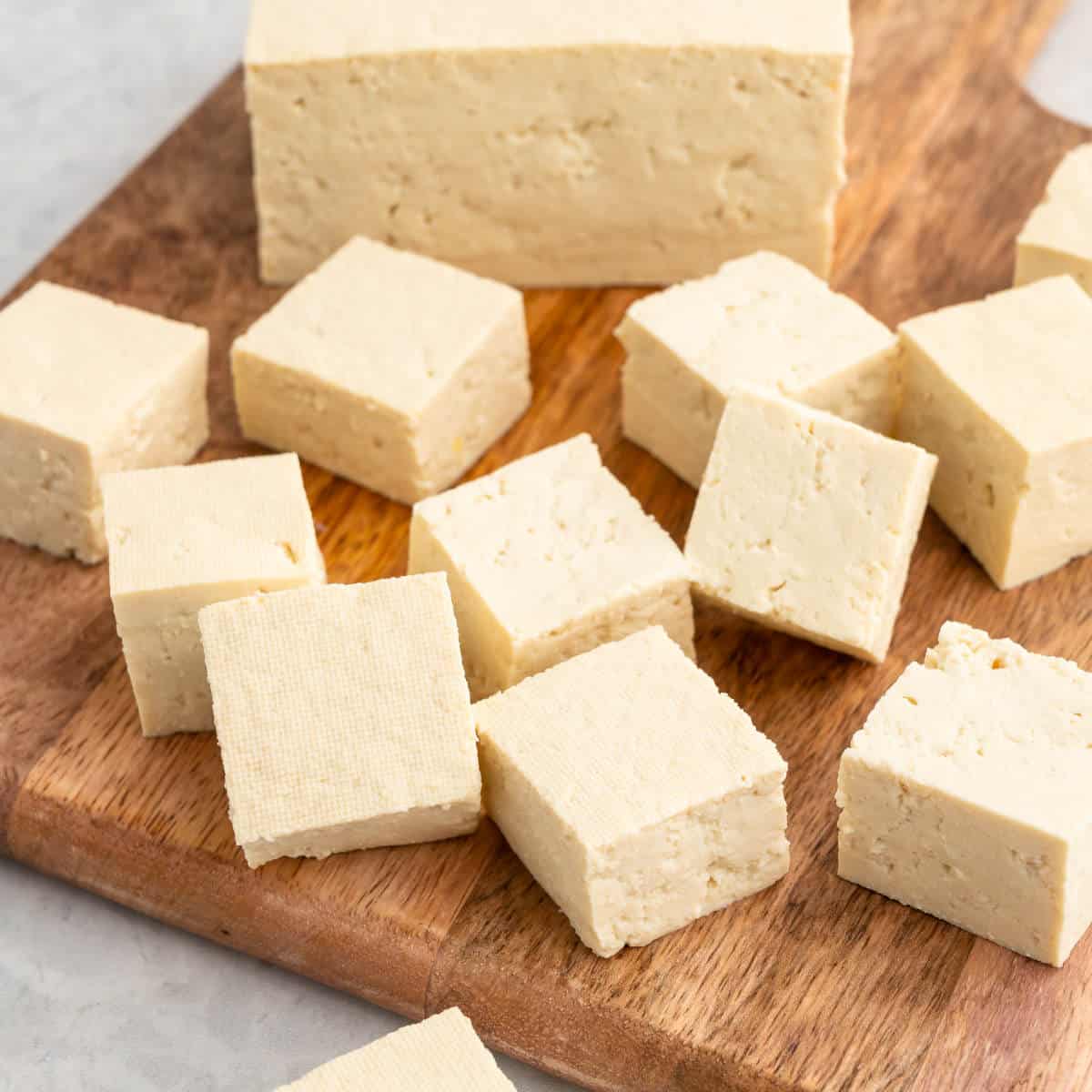
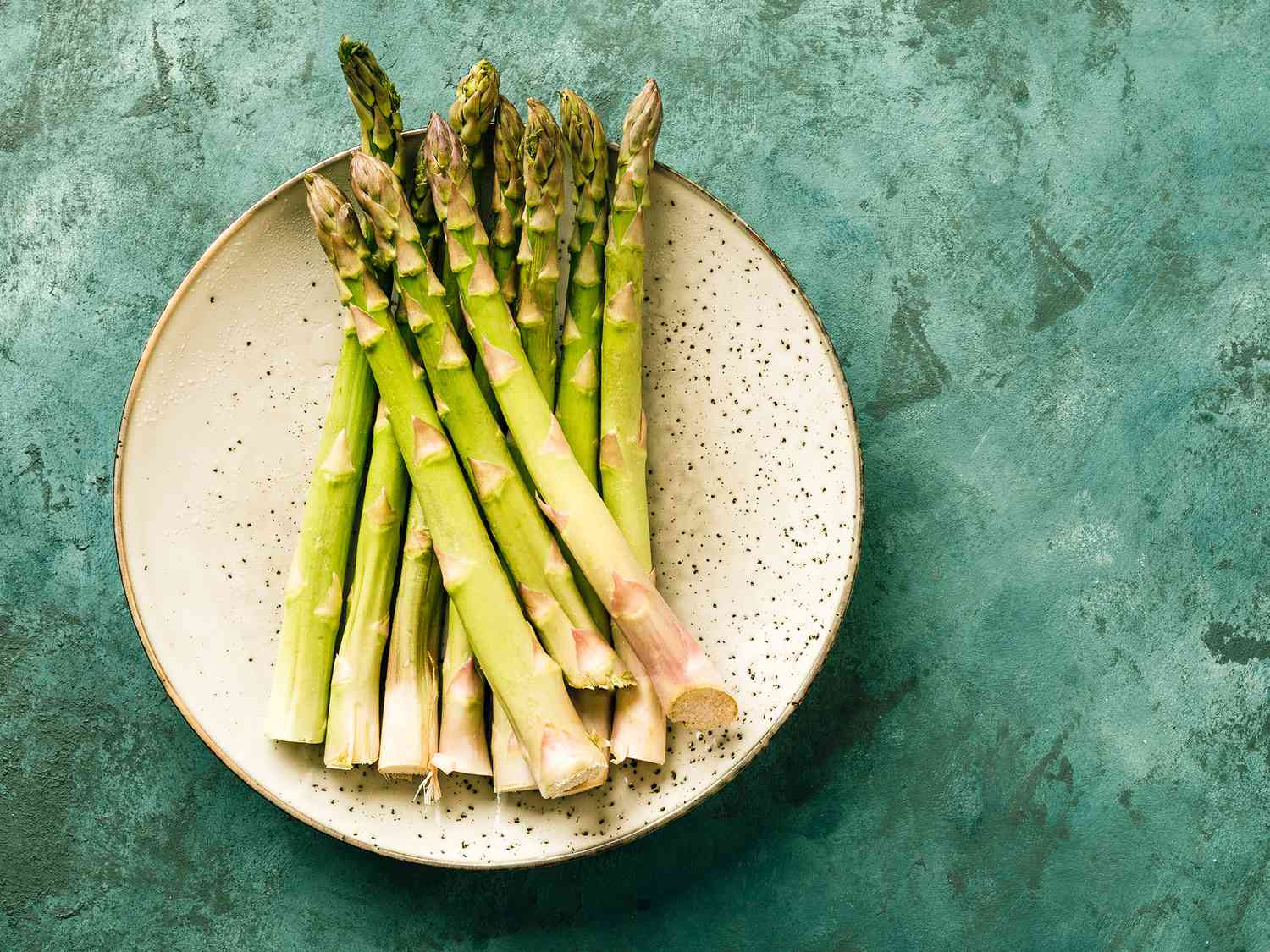

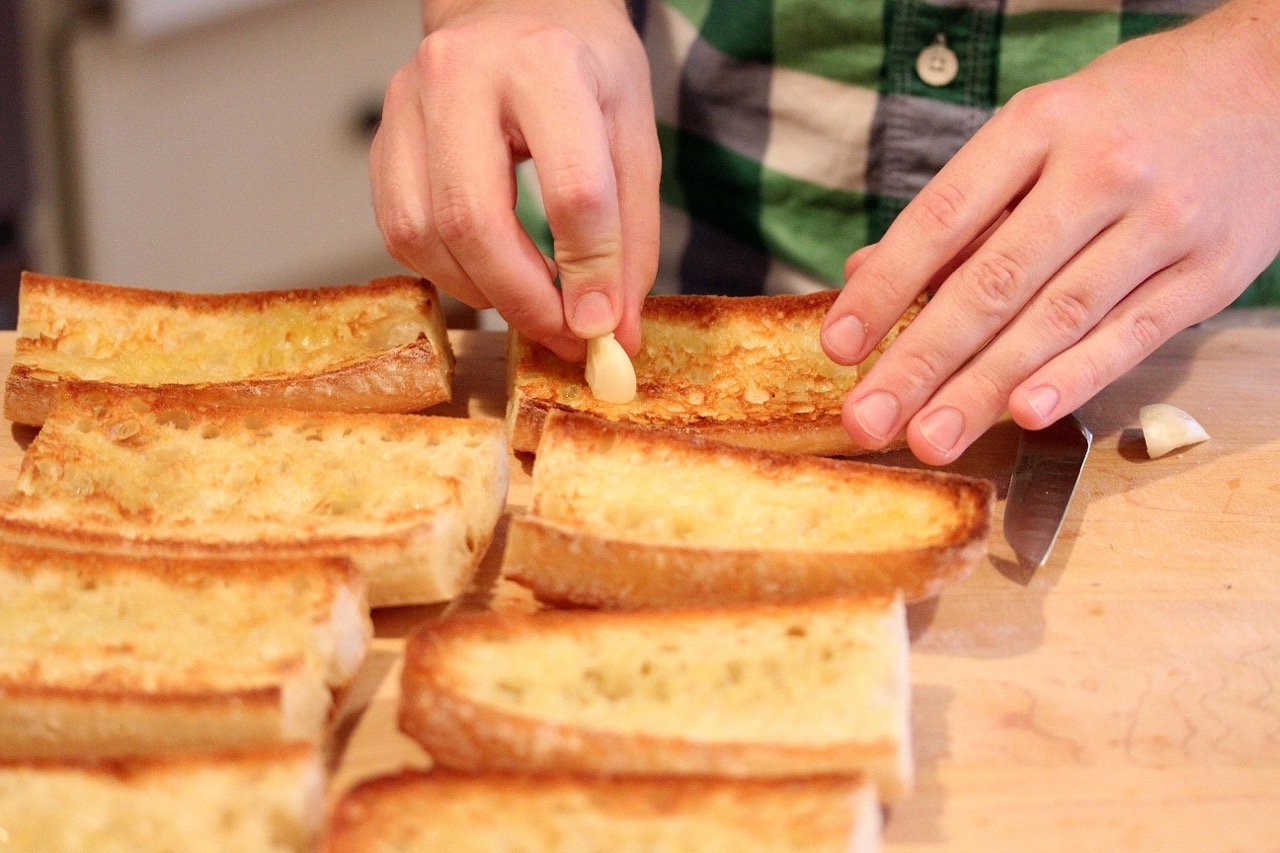
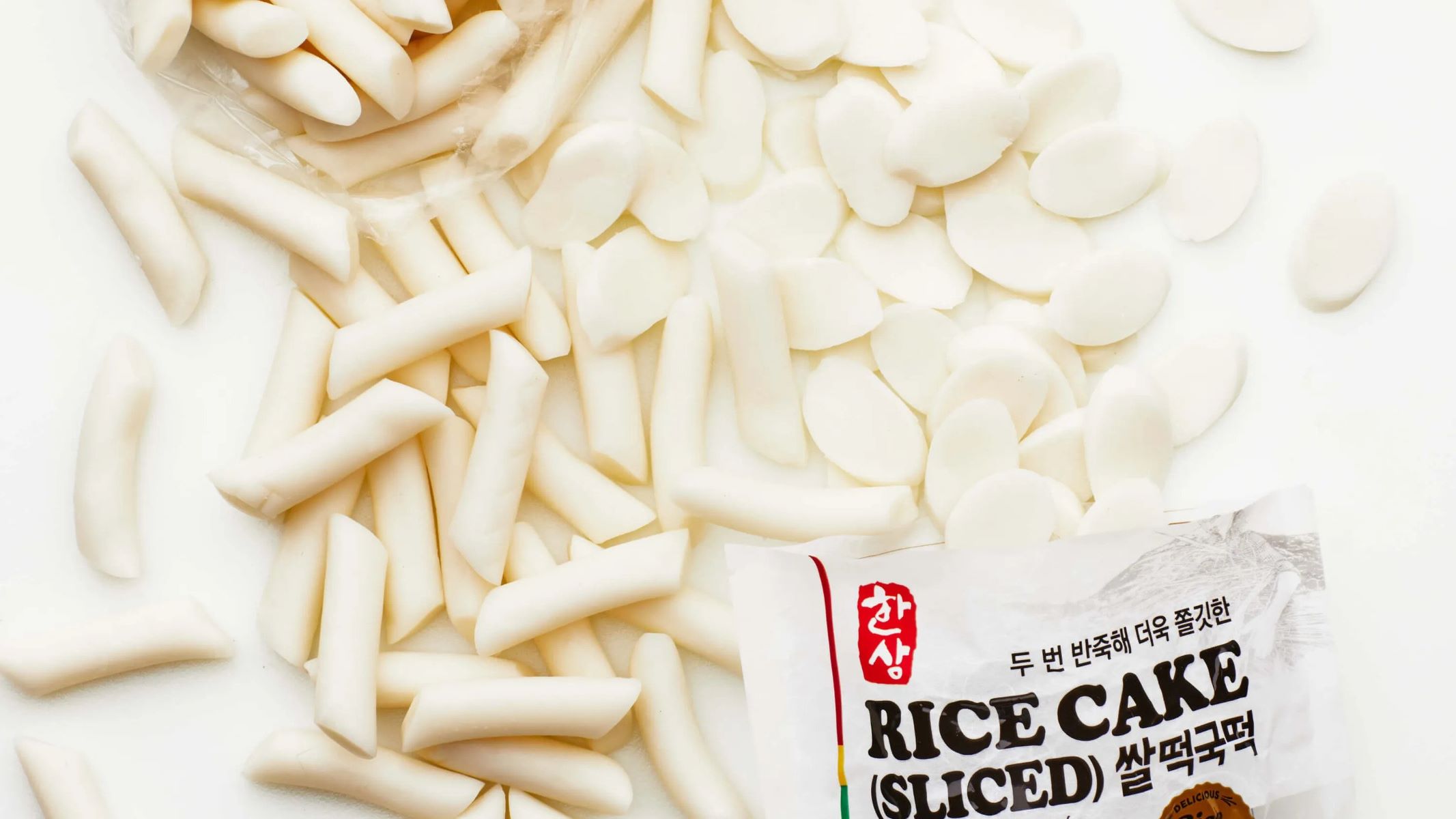
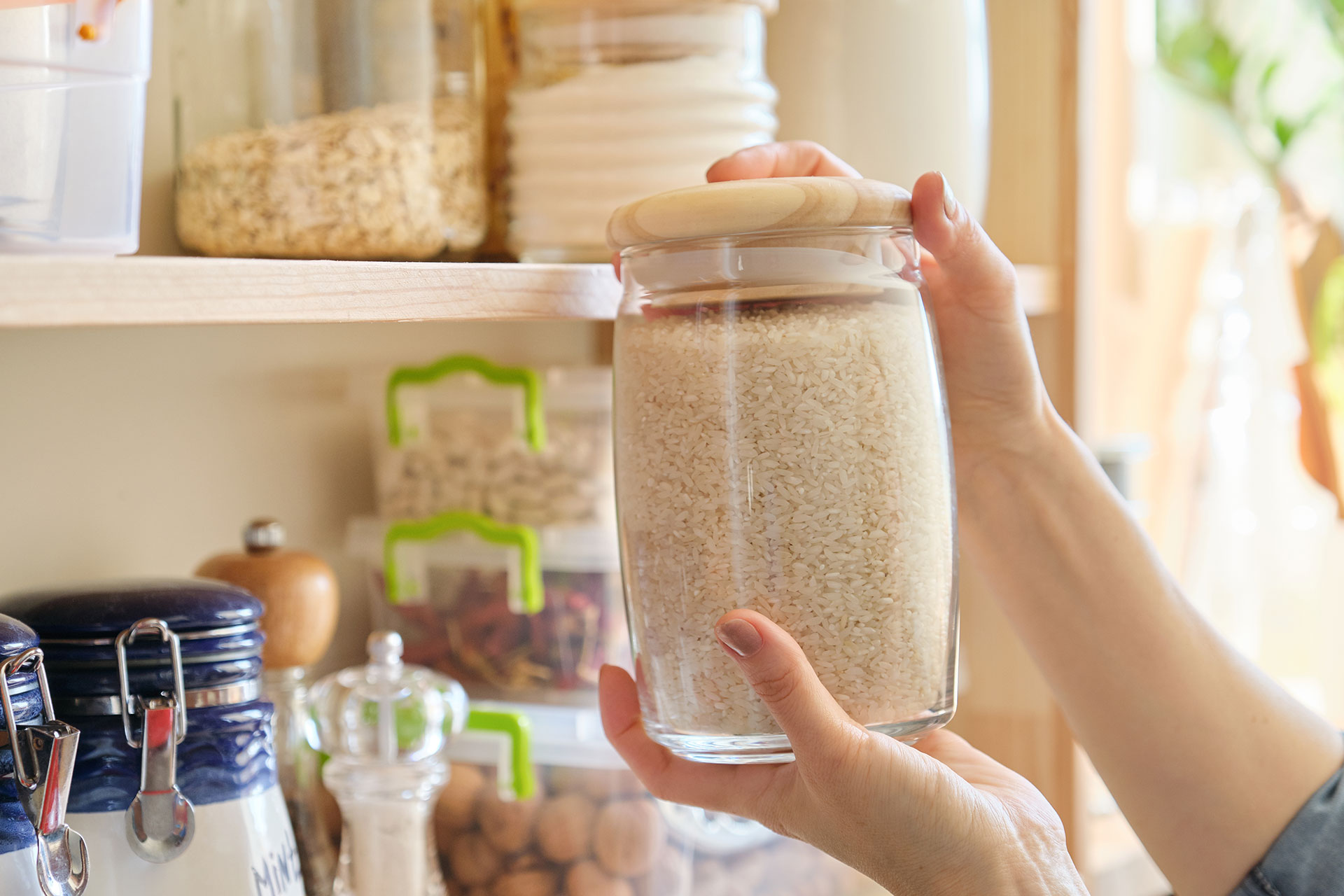

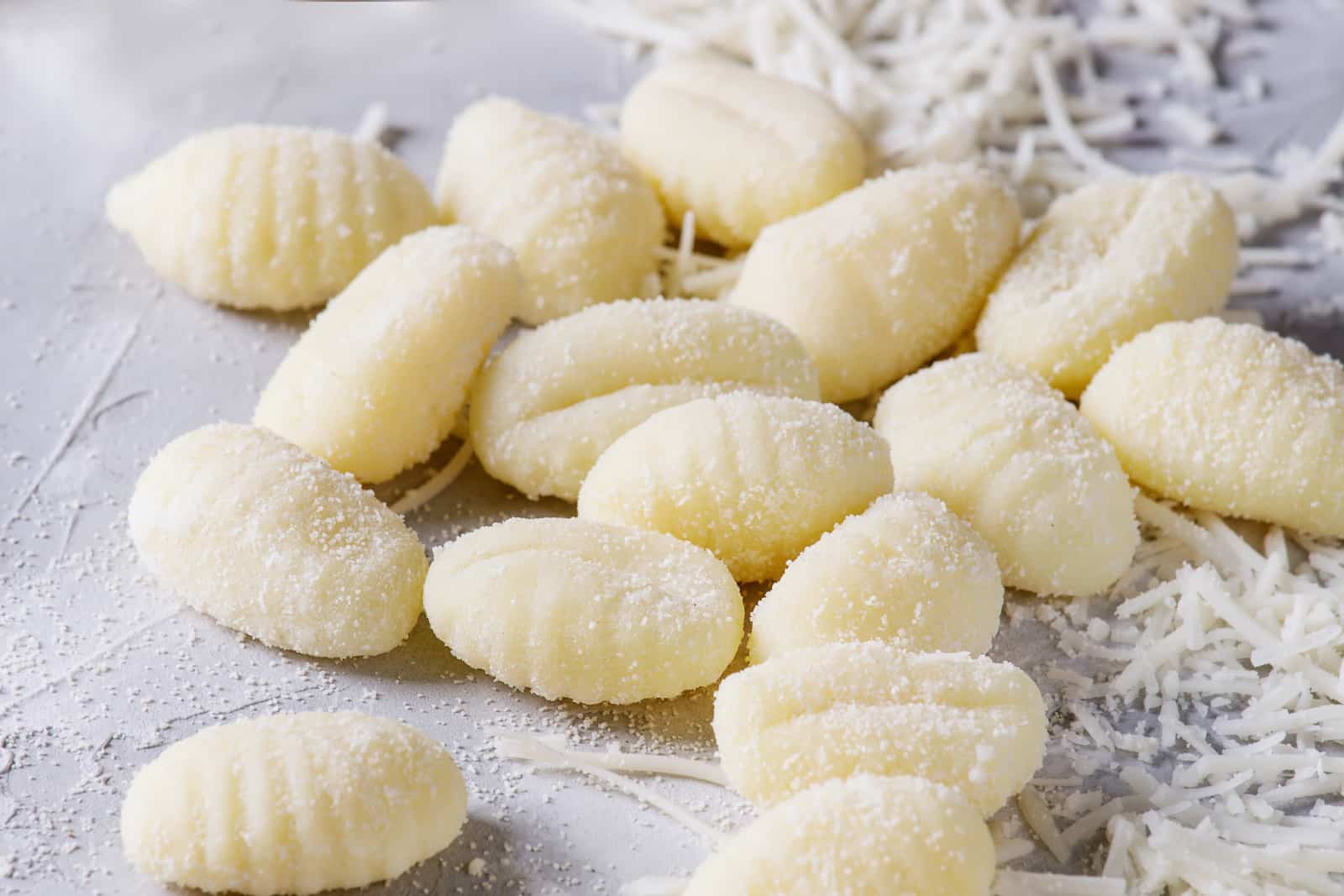
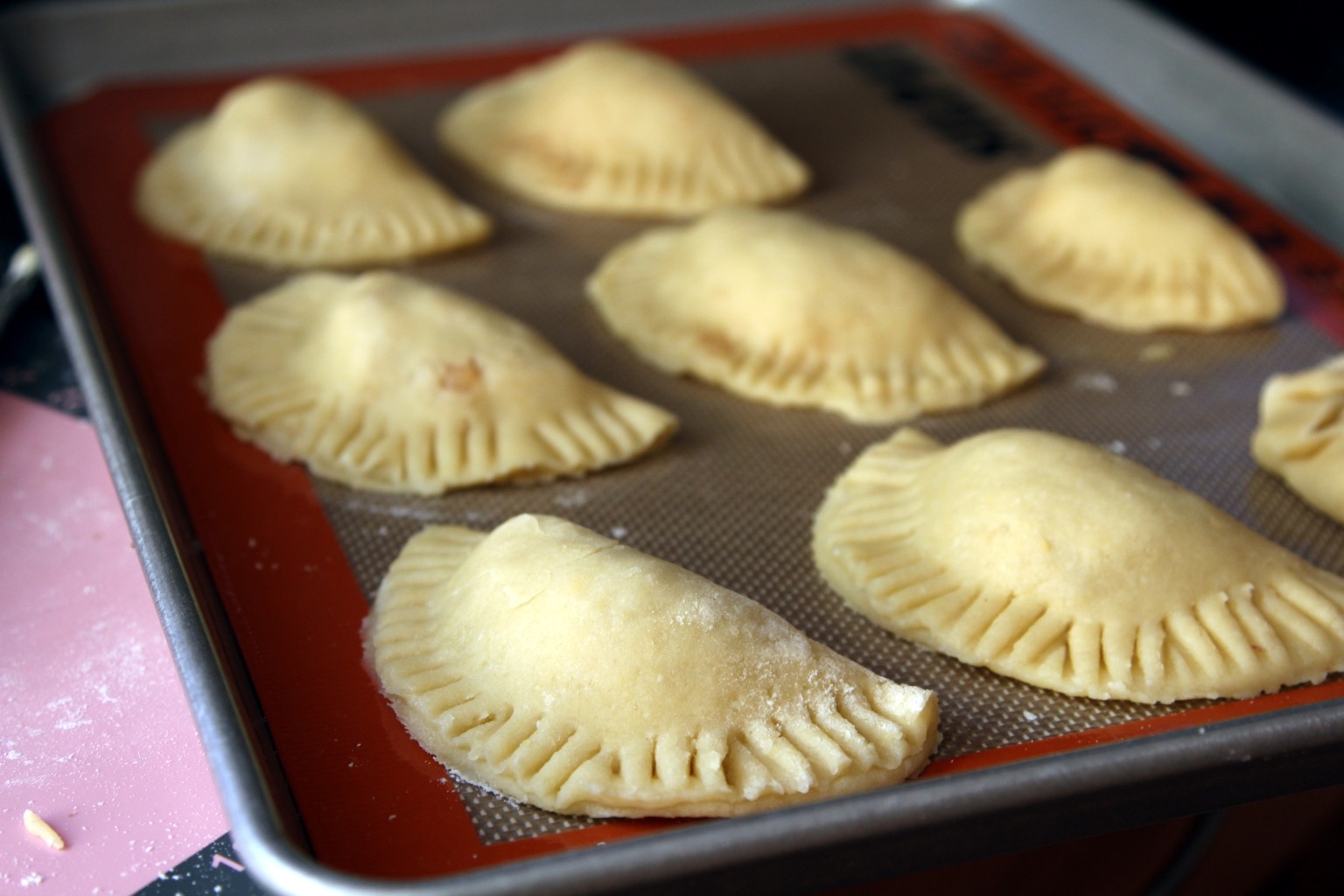
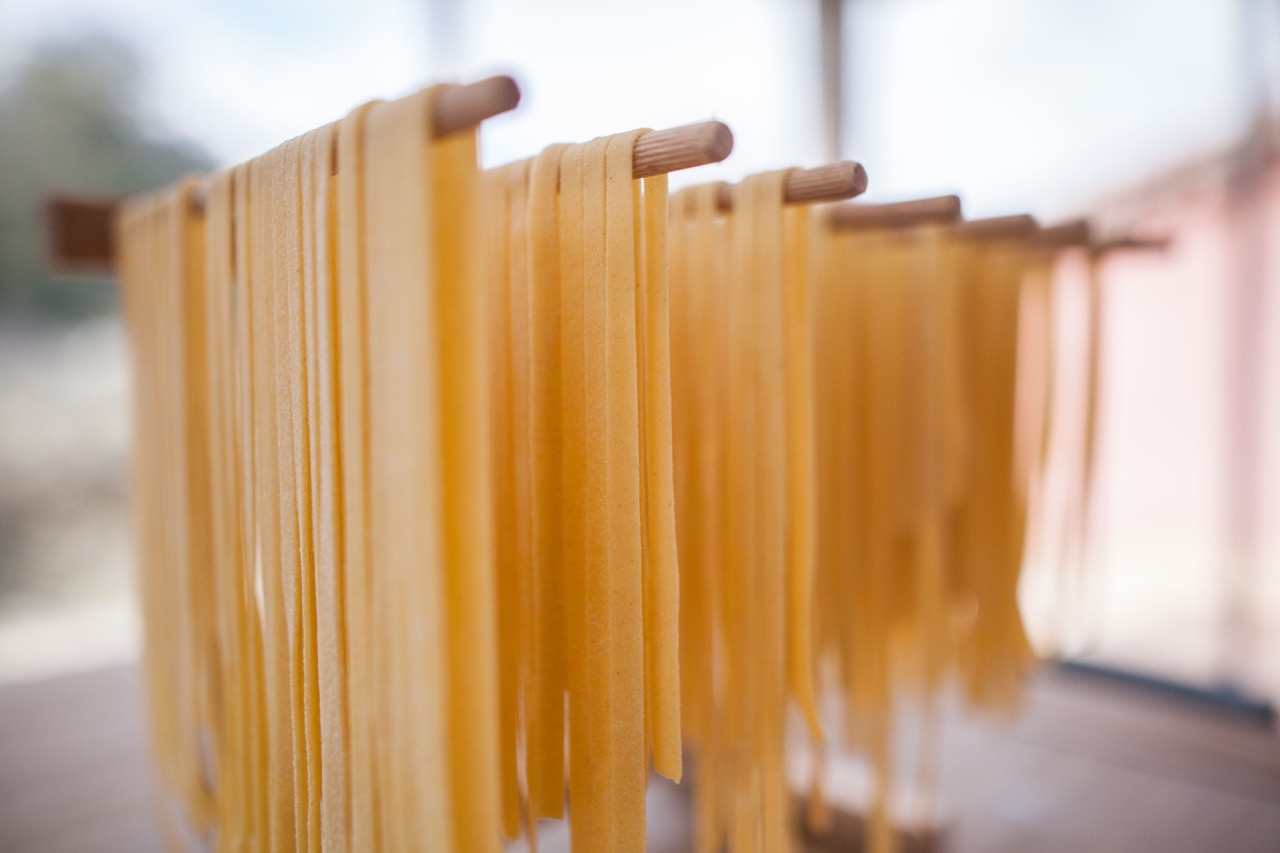
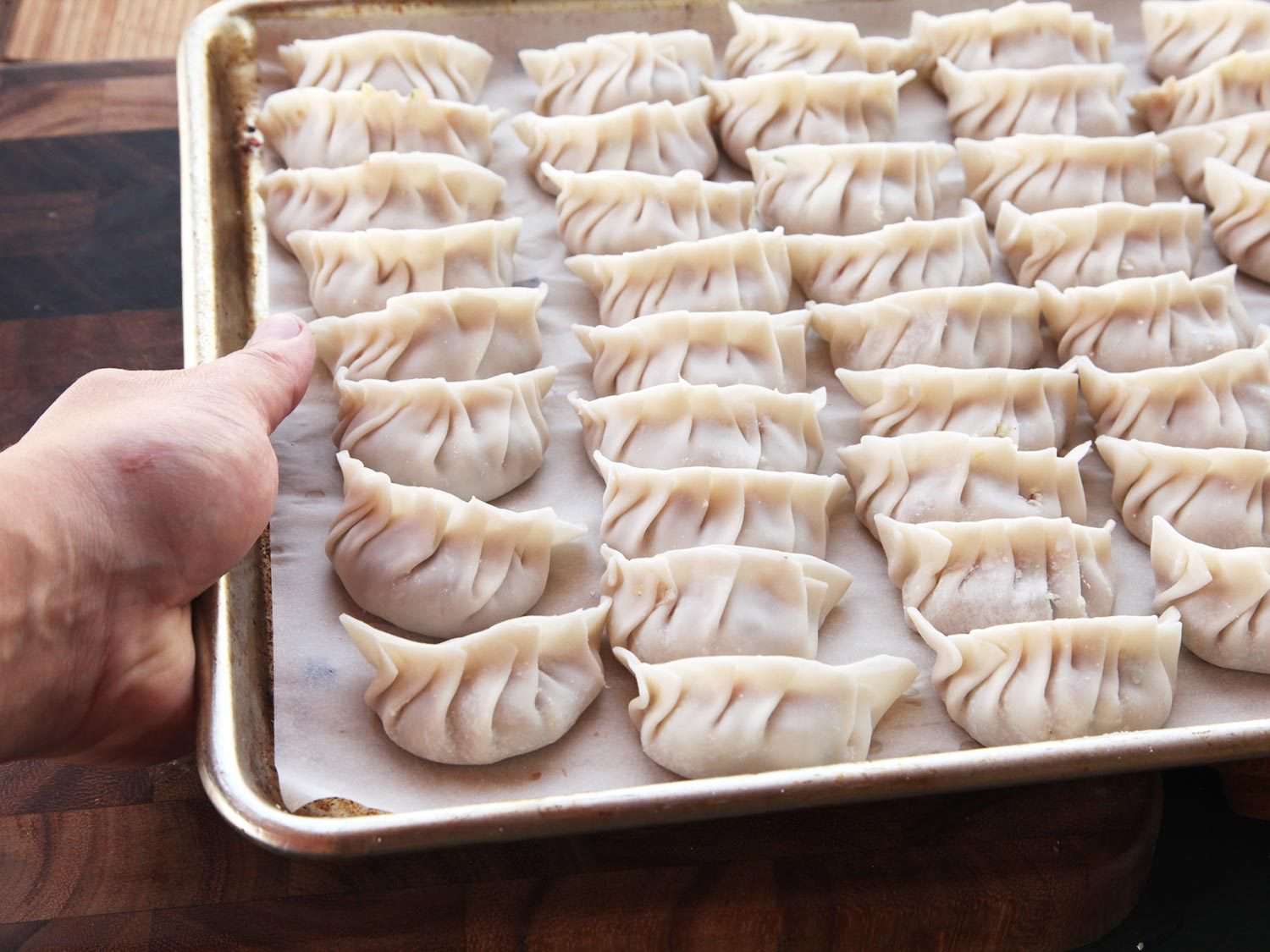

0 thoughts on “How To Store Fresh Uncooked Ravioli”